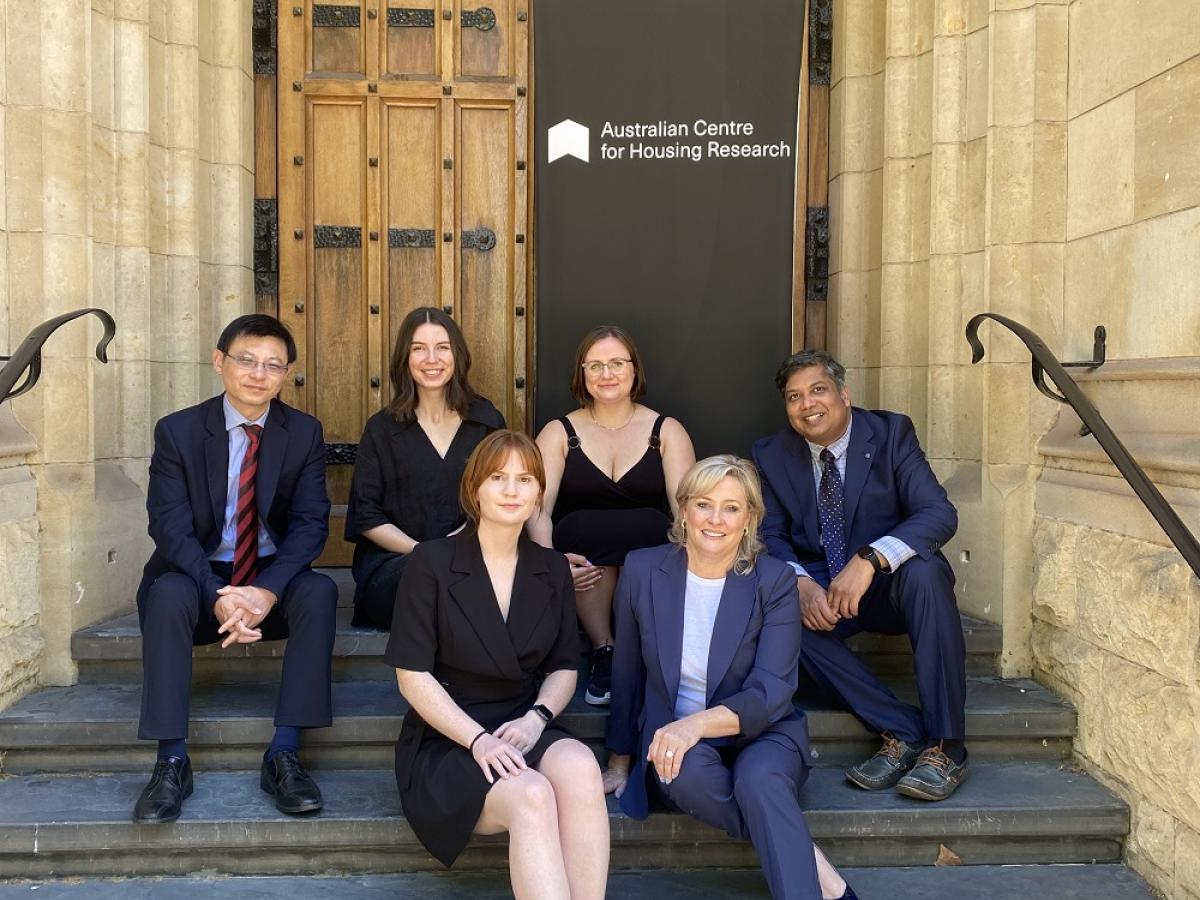A glimpse behind the front door of 22,500 Australian homes

A new book edited by Professor Emma Baker and Claire Morey from the School of Social Sciences within the Faculty of Arts, Business, Law and Economics, is the first of its kind, aiming to explore and address Australia’s ongoing housing challenges.
Australia is a nation of 26 million people, living in 11 million homes. Together, our housing is valued as an asset worth more than $10 trillion. It is the focus of our construction industry, and the anchor point for governments to provide us with education, health and social services. But, perhaps most importantly, our housing is the place most of us call home.
For all its importance, we know surprisingly little about the homes Australians live in, beyond sales prices, construction materials and population averages. In 2022, the Australian Research Council (ARC), acknowledging this data gap, funded a collaboration of universities to develop a multi-year national housing data infrastructure. The data contained in this infrastructure gives us a view ‘behind the front door’ of 22,500 Australian homes across tenure, income and all Australian States and Territories.
In the book, Our Housing Australia, leading housing commentators and researchers explore the data and contribute short reflections on the state of Australian housing, homes and households.

The Australian Centre for Housing Research group.
The collection of insights give us a valuable and broad view of housing in contemporary Australia – across the experience of renting and home ownership, the generation of wealth and inequality, the ability of our housing to keep us warm, safe and healthy, and emerging housing trends, such as rent-vesting and the rise of share housing.
The insights are just a sample, and everyone is encouraged to access this data – to explore it, use it for evidence-based policy, and answer Australia’s ongoing housing challenges.
Professor Emma Baker, Dr Amy Clair, PhD student Laura James, and Claire Morey from the Australian Centre for Housing Research (within the University of Adelaide’s School of Social Sciences)
contributed to the book.
